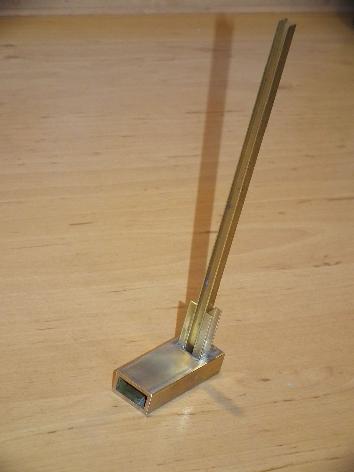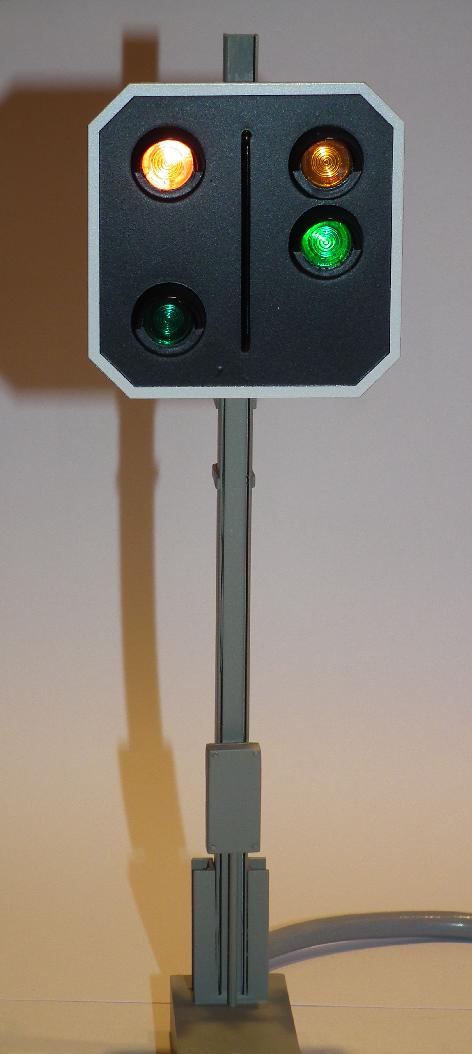Katzhagen - Archive - March 2017
RhB Signals - DIY models
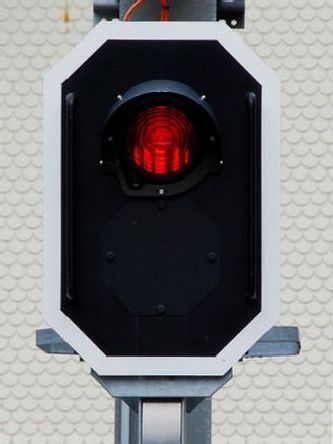
Background
The desire for more prototypical signals than those offered by LGB for the layout's RhB section already arose a couple of years ago. The related reasons were the LGB signals' more or less rudimentary detailing and the complete absence of corresponding distant signals.
Several related requests sent to Borer's remained unanswered since - as turned out later - they had closed their business. But there seemed to be light at this tunnel's end when late in 2015 a swiss manufacturer announced to come up with prototypical RhB model signals.
Enquiries for both technical details and conclusive pictures were answered ungrudgingly at first, but insufficiently satisfied when it came to details. Hence I refrained from buying the pig in a poke, say from buying eight signals for EUR ~2000 and decided to build the signals myself in autumn 2016.
Planning required some information which was found in form of the prototypes' pictures and dimensions as well as Google "Railview" and finally acquiring the required materials could be started...
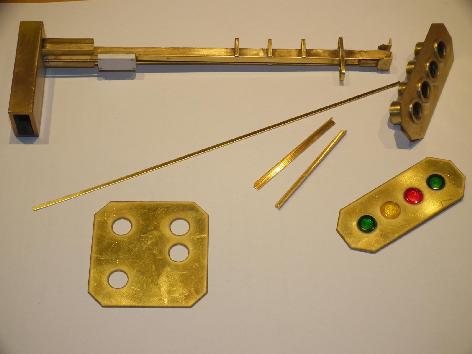
First a signal's base was put together from two L-profiles to which the mast in form of a H-profile was soldered. U-profiles were added for the structure's stabilization at the sides. After the mast had been provided with the details, the signals' shields were dealt with - the probably most time-consuming work on the models.
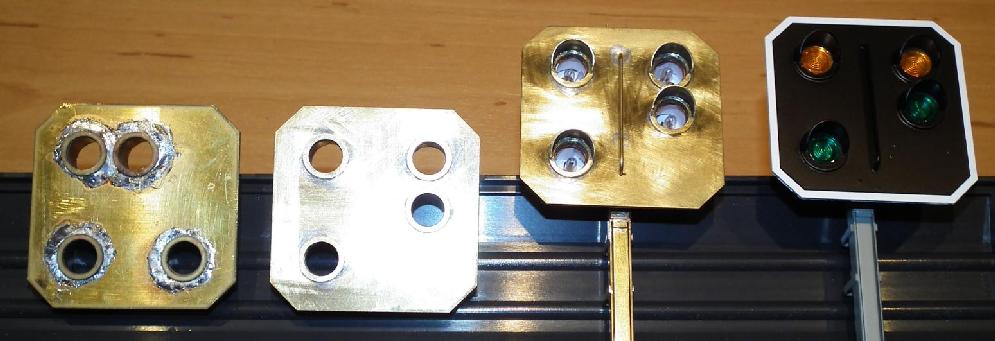
Distant signals also were build. The picture shows the construction progress' different states and visualizes the required efforts - especially with filing and sanding the solder joints.
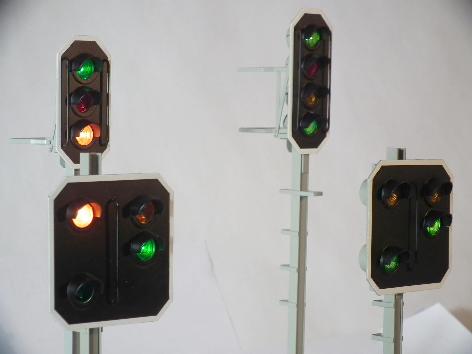
The finished paint work conceals the previous construction efforts and the signals now "just" need to be mounted on the layout.
Resume
What looks like no trouble here at all, in fact meant around 20 hours working on each of the signals. The most time-consuming part was filing and sanding while making the details like the junction box and steps or the baskets was comparatively done quite quickly. The lenshoods were quite a bit of a challenge since they had to be made from 12mm brass tubing cut-offs - filed to sized. Shaping the shields was left as an exercise to a water-jet cutter since a machine simply is better at such tasks than a human being's hand. The trickiest thing here was acquiring the Fresnel lenses for the lights. After a long and futile search suitable lenses were found at RAFI.February 2017 | Archive "Current Affairs" | May 2017


